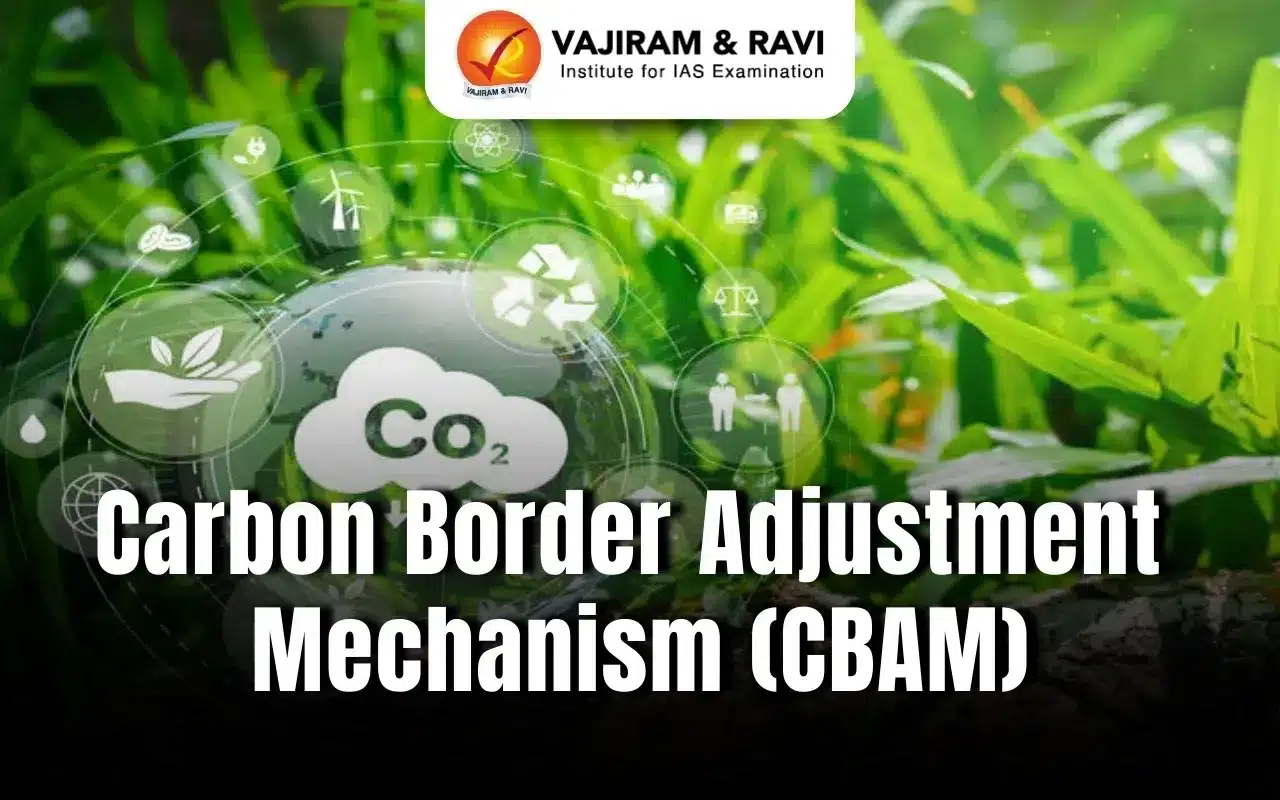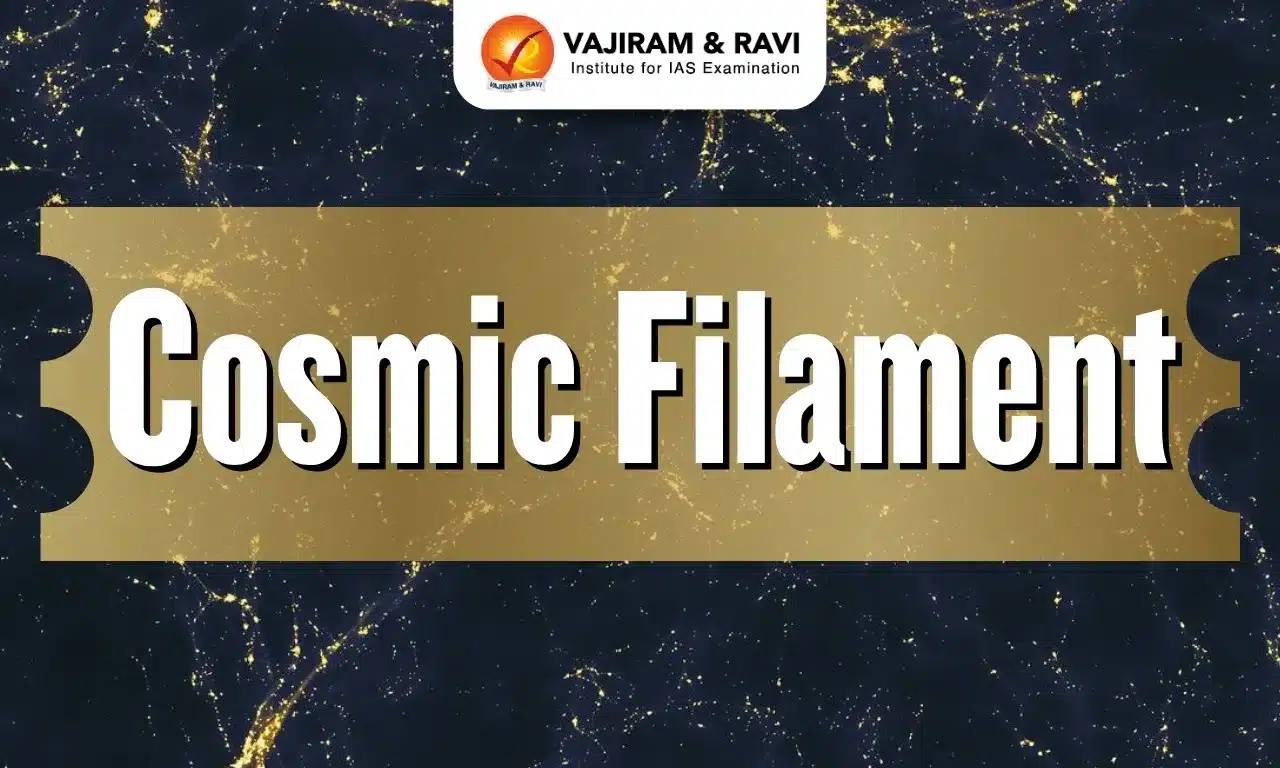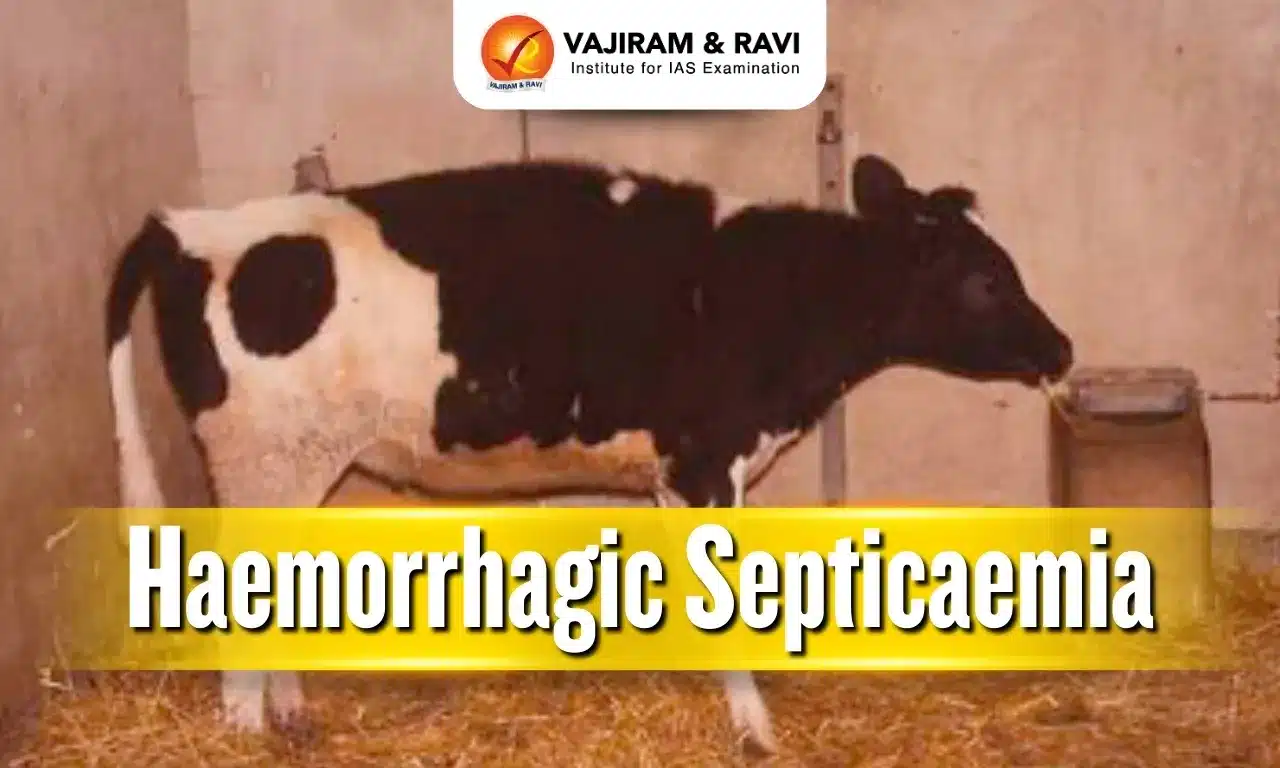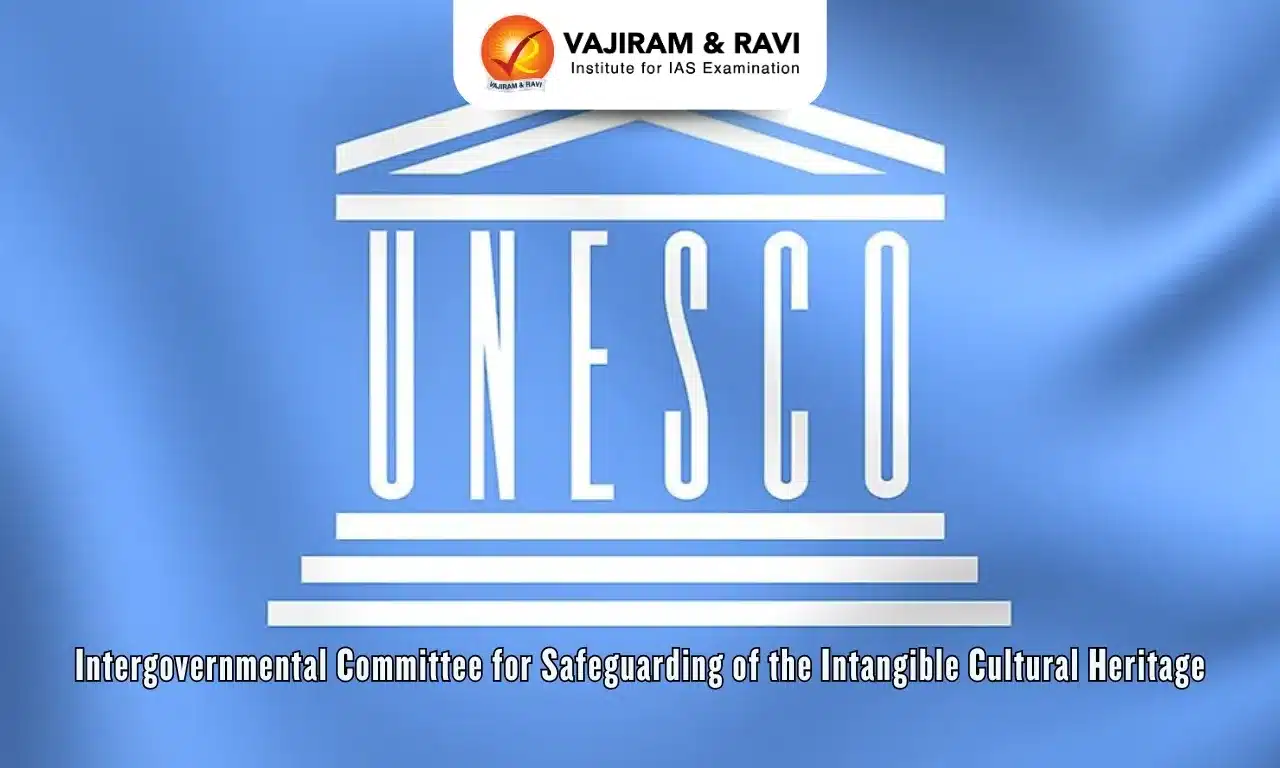Carbon Border Adjustment Mechanism Latest News
The European Union recently acknowledged India’s “specific concerns” about implementing the Carbon Border Adjustment Mechanism (CBAM).
About Carbon Border Adjustment Mechanism
- It is a European Union (EU) tariff on carbon-intensive products.
- It is a new EU instrument for preventing carbon leakage, that is, the shifting of the production of goods to non-EU countries where there is a lower or no carbon cost associated with their production.
- Purpose: To put a fair price on the carbon emitted during the production of carbon-intensive goods that are entering the EU and to encourage cleaner industrial production in non-EU countries.
- By confirming that a price has been paid for the embedded carbon emissions generated in the production of certain goods imported into the EU, the CBAM will ensure the carbon price of imports is equivalent to the carbon price of domestic production, and that the EU’s climate objectives are not undermined.
- Imports mean any imports to the EU from outside the EU, including e.g., imports of goods ordered online and imports of gifts.
- The CBAM is designed to be compatible with WTO rules.
- Carbon Certificates:
- If implemented as planned, EU importers will have to buy carbon certificates corresponding to the carbon price that would have been paid in the EU if the goods had been produced locally.
- The price of the certificates would be calculated according to the auction prices in the EU carbon credit market.
- The number of certificates required would be defined yearly by the quantity of goods and the embedded emissions in those goods imported into the EU.
- EU importers will declare the emissions embedded in their imports and surrender the corresponding number of certificates each year.
- If importers can prove that a carbon price has already been paid during the production of the imported goods, the corresponding amount can be deducted.
- Companies in countries with a domestic carbon pricing regime equivalent to the EU’s will be able to export to the EU without buying CBAM certificates.
- Implementation Timeline:
- CBAM will apply in its definitive regime from 2026, while the current transitional phase lasts between 2023 and 2025.
- The CBAM commenced in its transitional phase as of 1 October 2023.
- Only reporting obligations arise during the transitional period, and financial obligations apply from 2026.
- Coverage: CBAM will initially cover severalspecific products in some of the most carbon-intensive sectors at risk of “carbon leakage”: iron and steel (including some downstream products such as nuts and bolts), cement, fertilizers, aluminium, electricity, and hydrogen.
Carbon Border Adjustment Mechanism FAQs
Q1. What countries are against CBAM?
Ans. The biggest opponents of CBAM are considered to be the BASIC countries – Brazil, South Africa, India and China.
Q2. What products are affected by CBAM?
Ans. Currently, CBAM applies to aluminium, cement, electricity, fertiliser, hydrogen, iron and steel.
Q3. Is CBAM a tariff?
Ans. It is a fee or tariff levied on imported goods based on the greenhouse gases emitted during their production.
Source: TH
Last updated on November, 2025
→ Check out the latest UPSC Syllabus 2026 here.
→ Join Vajiram & Ravi’s Interview Guidance Programme for expert help to crack your final UPSC stage.
→ UPSC Mains Result 2025 is now out.
→ UPSC Notification 2026 is scheduled to be released on January 14, 2026.
→ UPSC Calendar 2026 is released on 15th May, 2025.
→ The UPSC Vacancy 2025 were released 1129, out of which 979 were for UPSC CSE and remaining 150 are for UPSC IFoS.
→ UPSC Prelims 2026 will be conducted on 24th May, 2026 & UPSC Mains 2026 will be conducted on 21st August 2026.
→ The UPSC Selection Process is of 3 stages-Prelims, Mains and Interview.
→ UPSC Result 2024 is released with latest UPSC Marksheet 2024. Check Now!
→ UPSC Prelims Result 2025 is out now for the CSE held on 25 May 2025.
→ UPSC Toppers List 2024 is released now. Shakti Dubey is UPSC AIR 1 2024 Topper.
→ UPSC Prelims Question Paper 2025 and Unofficial Prelims Answer Key 2025 are available now.
→ UPSC Mains Question Paper 2025 is out for Essay, GS 1, 2, 3 & GS 4.
→ UPSC Mains Indian Language Question Paper 2025 is now out.
→ UPSC Mains Optional Question Paper 2025 is now out.
→ Also check Best IAS Coaching in Delhi

















